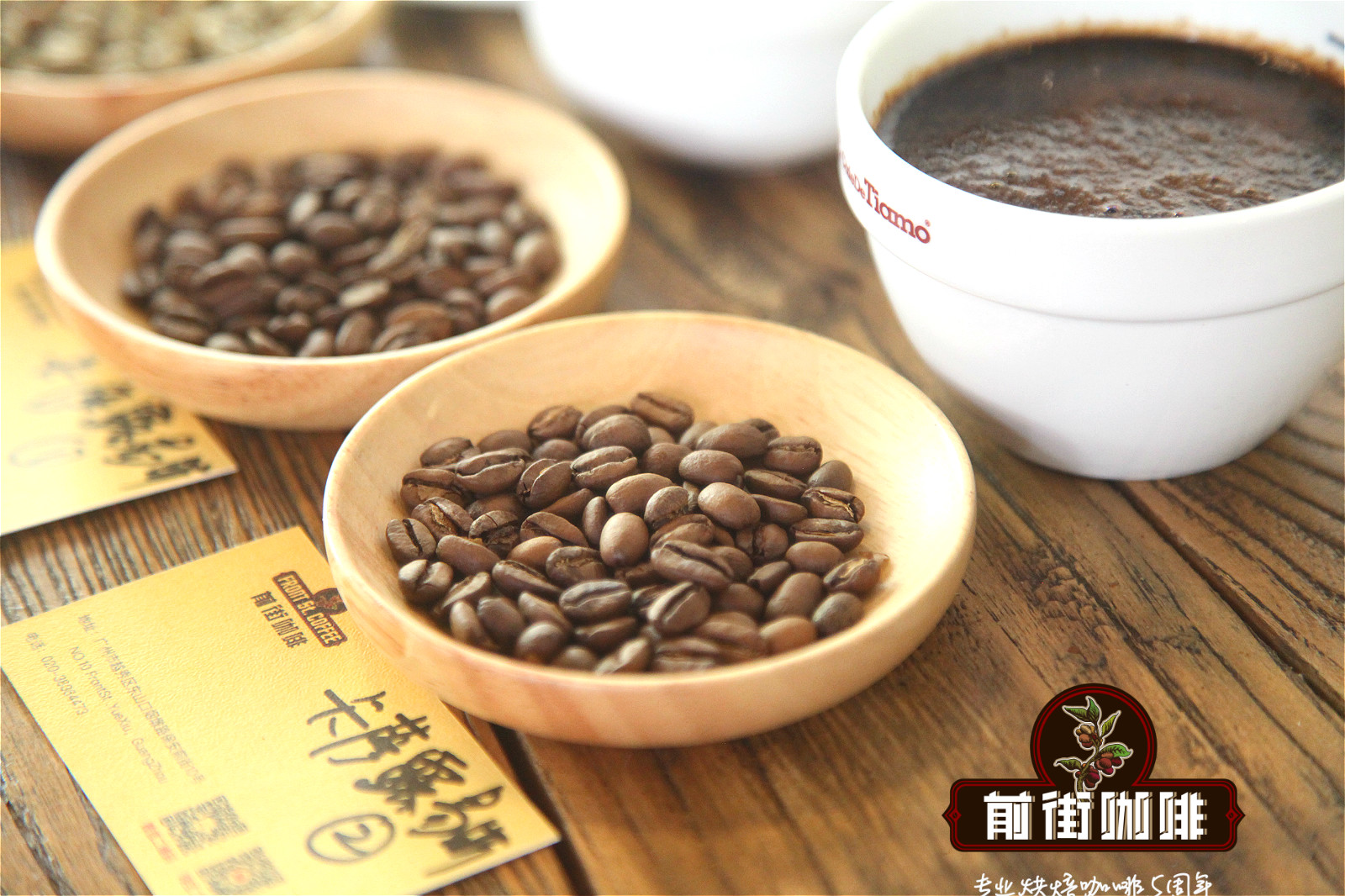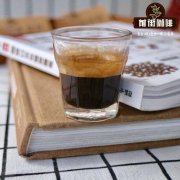Coffee knowledge of Kenyan Coffee producing area: comparison between Water washing and complete washing

Professional coffee knowledge exchange more coffee bean information please follow the coffee workshop (Wechat official account cafe_style)
Complete washing method (Washed):
The peel, pulp and mucous membrane are removed by washing and fermentation. farms that use the washing method must build washing ponds and be able to introduce an endless supply of live water. During the treatment, the finished beans are put into the pool and passed back and forth, using the friction of beans and the power of running water to wash the coffee beans until smooth and clean. The whole fermentation time is only about 24-30 hours.
After washing, at this time, the coffee beans are still wrapped in the pericarp with a moisture content of 50%. They must be dried to reduce the moisture content to 12%, otherwise they will continue to be mellow, moldy and rotten.
The better treatment method is to use sunlight drying, although it will take 1 ~ 3 weeks, but the flavor is very good and very popular.
In the process of processing, the refined washing method usually removes the silver skin from the coffee beans, showing a special luster, but the dry and refined method (sun-drying method) only takes off the coffee shell, and the silver skin is still intact.
Generally speaking, raw beans washed in water are turquoise and those in the sun are yellowish green.
Ethiopian water washing: belongs to the traditional wet fermentation treatment. The coffee cherries are washed, peeled and introduced into the fermentation tank to ferment with water below the water level of the fruit, rinse, soak in a clean sink for one night, and dry in the greenhouse the next day. Fermentation with water lasts 12-30 hours and requires a lot of clean water. PH should not be lower than four or five in the process of monitoring.
Washing coffee Kenyan style washing
The famous K72 mode. Coffee cherry wash, peel, dry fermentation 24 hours, wash, dry fermentation again 24 hours, wash, dry fermentation again 24 hours, cycle treatment, reach 72 hours fermentation, after washing, soak the sink for one night, and start drying the next day.
After 3 cycles, it reaches 72 hours, so it is called Kenyan 72-hour fermentation washing treatment, abbreviated as [K72].
The Kenyan coffee bean washing tank has two layers, the process is as follows: in the evening, the defective coffee fruit is removed, the peel is removed, and then the sticky shell beans are removed, most of the pectin is removed, and then it is fermented twice in the lower clean pool, and then the recycled water is updated every few hours to avoid breeding mold; then it is introduced into the washing ditch to remove the residual pectin.
With so much industrial waste, no wonder Kenyan coffee tastes so delicate.
Washed coffee Guatemala
The Fraijanes producing area of Guatemala is surrounded by the capital, Guatemala City, with high altitude, abundant rainfall and great humidity variation. Ash from Pacaya, Guatemala's most active volcano, provides important minerals to the region's soil. Raw beans have grassy and spicy aromas with a distinctive smoky aroma.
Use a peeling machine to separate most of the pulp from the coffee beans, then guide the shelled beans to a clean sink, soak them in water and ferment to completely remove the residual pulp layer. Through water treatment, unripe beans and defective beans are selected because of buoyancy, and the fermentation process is easier to control, so the flavor is not mixed like sun beans, but shows obvious acidity, complexity and cleaner (without any negative flavor, such as astringency or sharpness).
Washed coffee Papua New Guinea
Due to its geographical location in the southern hemisphere, the local coffee harvest season is from May to August (most of Central and South America is harvested from October to February of the following year). After harvesting ripe red coffee cherries on a vast area of nearly 413 hectares of land, farmers send them to the manor's own treatment plant for post-processing, but the local washing treatment in New Guinea is different from that in Central and South America.
Use three times of water washing and fermentation, each time soak for about 12 hours, and change clean water to control the flavor of coffee; after cleaning, remove the shell of raw beans and carry out various grades, such as AA, AB, PB beans, etc., this fine post-processing method brings bright and delicate sour flavor to the coffee itself, clean and long sweet taste.
Papua New Guinea is located on the island of Guinea, with Indonesia but coffee taste with Mantenin's round and full Papua New Guinea beans, taste clean, full of flowers and sweet.
Related recommendation: world Coffee Manor area introduction: detailed introduction of coffee producing country Kenya
Important Notice :
前街咖啡 FrontStreet Coffee has moved to new addredd:
FrontStreet Coffee Address: 315,Donghua East Road,GuangZhou
Tel:020 38364473
- Prev

Taste and taste of Kiriya and Jamene flavor from Kenya coffee producing area
Professional coffee knowledge exchange more coffee bean information please follow the coffee workshop (Wechat official account cafe_style) [Kenya Jiamoni exquisite 72-hour washing] country: Kenya region: Kilinaga Kirinyaga altitude: 1700-1800m soil: volcanic soil species: sl-28,sl-34 treatment: 72 hours washing 01 | processing factory introduction Kiangombe factory
- Next

The characteristic flavor and taste of Xi'an Winnie coffee beans from Sika area of Kenya coffee producing area.
Professional coffee knowledge exchange more coffee bean information please follow the coffee workshop (Wechat official account cafe_style) Kenya Thika Sika District | Xi'an Winnie Gethumbwini washing SL28, SL34 bean flavor? Kenya, a giant in the coffee market, is also a model country for producing fine coffee, and the guest Gethumbwini Estate Manor in Xi'an is even more outstanding.
Related
- Detailed explanation of Jadeite planting Land in Panamanian Jadeite Manor introduction to the grading system of Jadeite competitive bidding, Red bid, Green bid and Rose Summer
- Story of Coffee planting in Brenka region of Costa Rica Stonehenge Manor anaerobic heavy honey treatment of flavor mouth
- What's on the barrel of Blue Mountain Coffee beans?
- Can American coffee also pull flowers? How to use hot American style to pull out a good-looking pattern?
- Can you make a cold extract with coffee beans? What is the right proportion for cold-extracted coffee formula?
- Indonesian PWN Gold Mandrine Coffee Origin Features Flavor How to Chong? Mandolin coffee is American.
- A brief introduction to the flavor characteristics of Brazilian yellow bourbon coffee beans
- What is the effect of different water quality on the flavor of cold-extracted coffee? What kind of water is best for brewing coffee?
- Why do you think of Rose Summer whenever you mention Panamanian coffee?
- Introduction to the characteristics of authentic blue mountain coffee bean producing areas? What is the CIB Coffee Authority in Jamaica?

